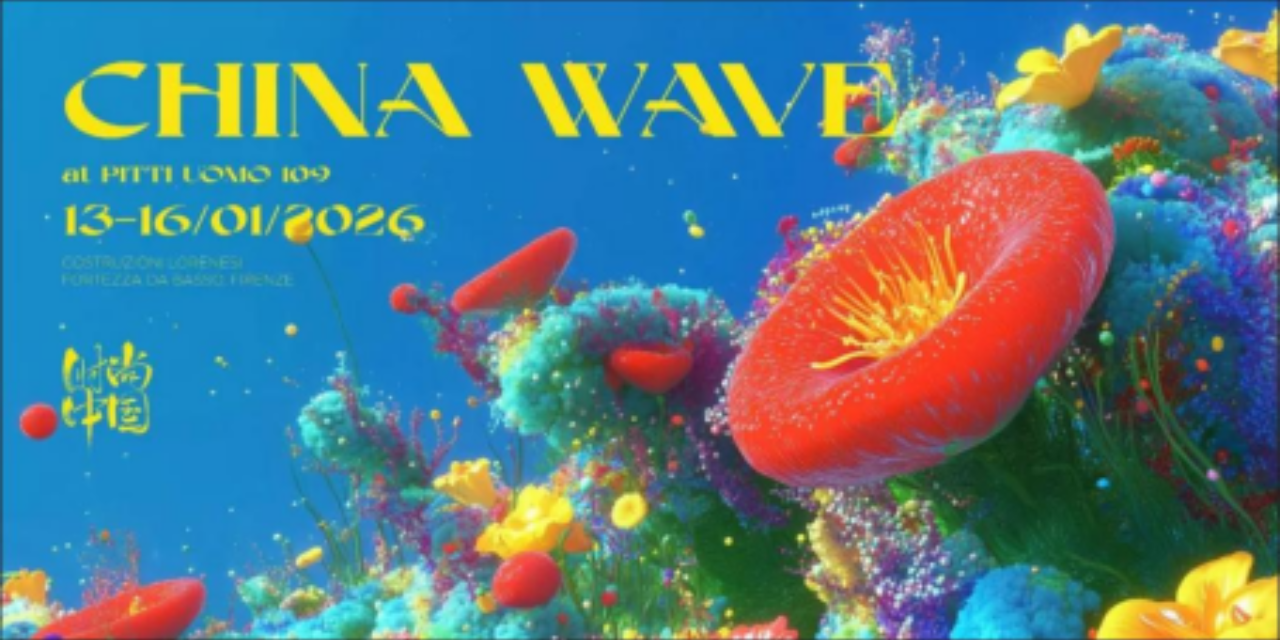"A by-product of spinning, hydrogen sulphide (H2S) is a toxic gas that causes eye irritation, function impairment, and neurobehavioural changes. The toxic gas smells of rotten eggs. Other harmful chemical for health and environment are: Sodium hydroxide (NaOH) and sulphuric acid (H2SO4). NaOH is highly toxic if absorbed through inhalation, ingestion, or skin contact, and is known to cause corrosion, skin burns, and eye damage to workers who handle it frequently and without protection. H2SO4 is a highly corrosive, clear, and colourless oily liquid. It can result in adverse health effects from inhalation such as a burning sensation and shortness of breath. It is said that occupational exposure to sulphuric acid mists in combination with other acid mists can be carcinogenic. Lack of proper chemical management from producers’ side allows these toxic substances and gases to be released in environment, thus affecting the nature."
 Changing Markets Foundation, in its recent report ‘Dirty Fashion: On track for transformation’ has highlighted the harmful effects of viscose production and outlined a roadmap towards responsible viscose manufacturing. It says Carbon disulphide (CS2), a toxic and endocrine-disrupting chemical and the most important chemical in viscose production, is the criminal behind causing insanity and subtler personality changes. Apart from this, its prolonged exposure leads to damaged nerves of sensory capacity, kidney disease, Parkinson’s-like symptoms, heart attack, and stroke. The chemical can be present in both water and air.
Changing Markets Foundation, in its recent report ‘Dirty Fashion: On track for transformation’ has highlighted the harmful effects of viscose production and outlined a roadmap towards responsible viscose manufacturing. It says Carbon disulphide (CS2), a toxic and endocrine-disrupting chemical and the most important chemical in viscose production, is the criminal behind causing insanity and subtler personality changes. Apart from this, its prolonged exposure leads to damaged nerves of sensory capacity, kidney disease, Parkinson’s-like symptoms, heart attack, and stroke. The chemical can be present in both water and air.
A by-product of spinning, hydrogen sulphide (H2S) is a toxic gas that causes eye irritation, function impairment, and neurobehavioural changes. The toxic gas smells of rotten eggs. Other harmful chemical for health and environment are: Sodium hydroxide (NaOH) and sulphuric acid (H2SO4). NaOH is highly toxic if absorbed through inhalation, ingestion, or skin contact, and is known to cause corrosion, skin burns, and eye damage to workers who handle it frequently and without protection. H2SO4 is a highly corrosive, clear, and colourless oily liquid. It can result in adverse health effects from inhalation such as a burning sensation and shortness of breath. It is said that occupational exposure to sulphuric acid mists in combination with other acid mists can be carcinogenic. Lack of proper chemical management from producers’ side allows these toxic substances and gases to be released in environment, thus affecting the nature.
The initiatives
Taking cognizance of the prevailing situation, various viscose producers have partnered CanopyStyle initiative or signed ‘Detox’ commitments with Greenpeace. But these intents are yet to fructify. In order to further accentuate the matter, Changing Markets Foundation helped the global viscose producers by developing a Roadmap towards responsible viscose and modal fibre manufacturing. The roadmap is intended to help manufacturers drive the transition to closed-loop production, defined as a system that ensures emission controls and chemical recovery rates in-line with EU Best Available Techniques (BAT).
Greenpeace. But these intents are yet to fructify. In order to further accentuate the matter, Changing Markets Foundation helped the global viscose producers by developing a Roadmap towards responsible viscose and modal fibre manufacturing. The roadmap is intended to help manufacturers drive the transition to closed-loop production, defined as a system that ensures emission controls and chemical recovery rates in-line with EU Best Available Techniques (BAT).
Brands should ensure that their suppliers have all requisite environmental permits and comply with relevant national and local regulations. Producers should introduce plans for appropriate chemical management systems, in-line with EU BAT, with the ultimate goal of moving towards closed-loop production. Measures should be in-place to protect workers and local inhabitants from exposure to dangerous chemicals. Energy efficiency and greenhouse gas emissions reduction goals should be set. Environmental damage in the surrounding environment should be remediated.
Companies making headway
Lenzing, a global viscose producer, has implemented a safety, health, and environmental (SHE) compliance programme in which independent local experts check whether the companies comply with local legal regulations and the Group’s internal guidelines. Its production sites in Lenzing (Austria) and Nanjing (China) are in compliance with EU BAT values and have also been awarded EU Ecolabel certification. But the Purwakarta, Indonesia plant lags behind with no EU Ecolabel or EU BAT.
Renewable sources account for almost 50 per cent of Lenzing Group’s energy sources. Frontrunner is the Lenzing Austria site, where renewables make up 80 per cent of the site’s energy source. The rest is covered by gas and coal power. The other two sites in Purwakarta, Indonesia and Nanjing, China predominantly run on coal. While Lenzing has plans to shift from coal to gas power at Nanjing plant, the Indonesian site will depend on coal only.
Aditya Birla Group’s Nagda (India) unit conducts regular monitoring of air and water quality in accordance with Pollution Control Board (PCB) Server. Its Indo-Bharat (IBR) unit in Purwakarta, Indonesia, has all valid permits for the plant’s entire environmental management system, including legal compliance. Both units have installed exhaust systems to collect waste gas and direct it to chimneys or gas treatment systems. There is a gas collection system installed at the regeneration process, collecting all the gases. In order to keep their workers safe and healthy from exposure to gases, Birla has provided proper respiratory protection to them. It further necessitates all workers to undergo a comprehensive annual medical check-up. It also claims to have reduced specific energy consumption related to VSF manufacturing by more than 5 per cent at its units in over the past three years.
Taking leaf from such initiatives, seven major brands and retailers – Inditex, ASOS, H&M, Tesco, Marks & Spencer (M&S), Esprit and C&A – have pledged to integrate the Roadmap into their sustainability policies, while Next is in the process of signing up.












